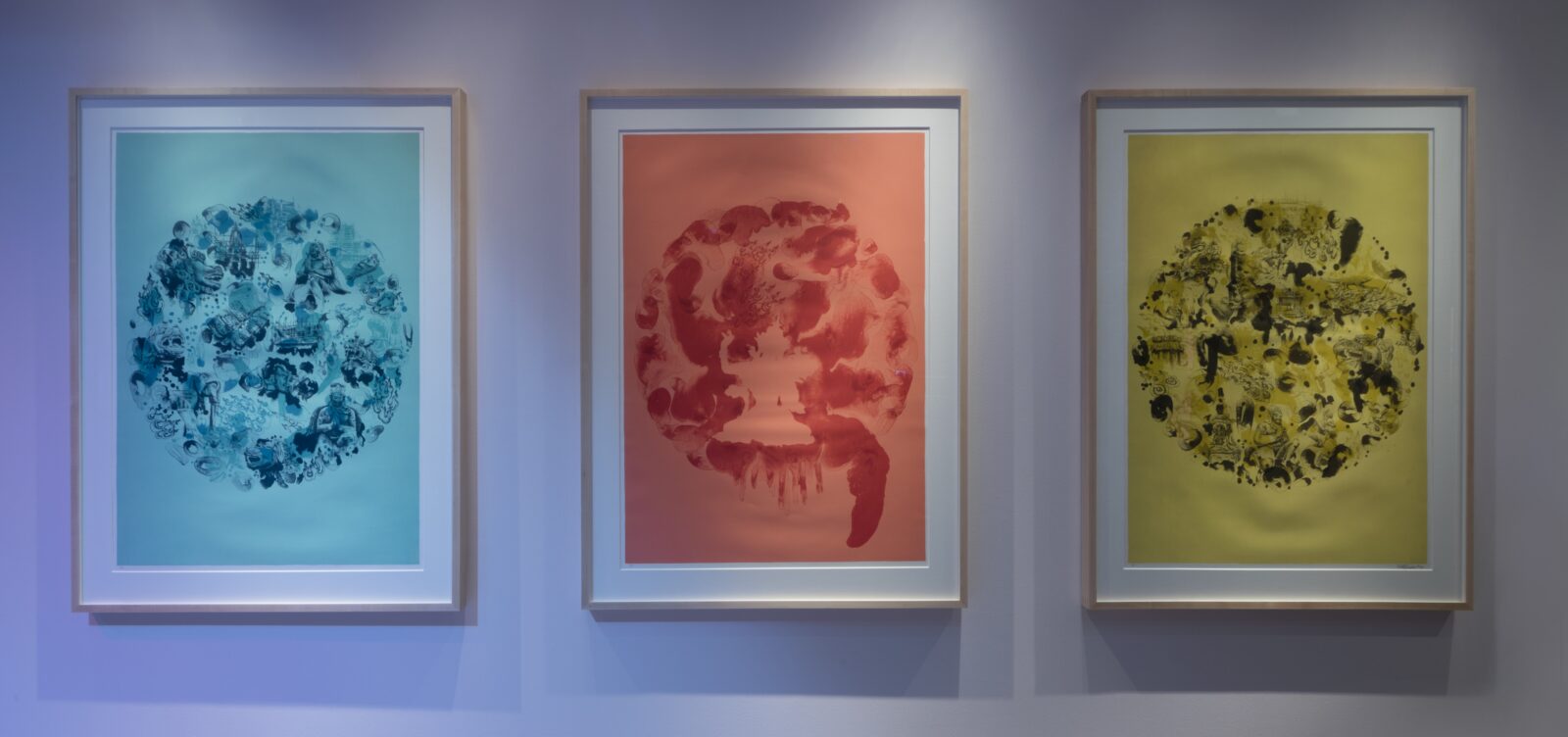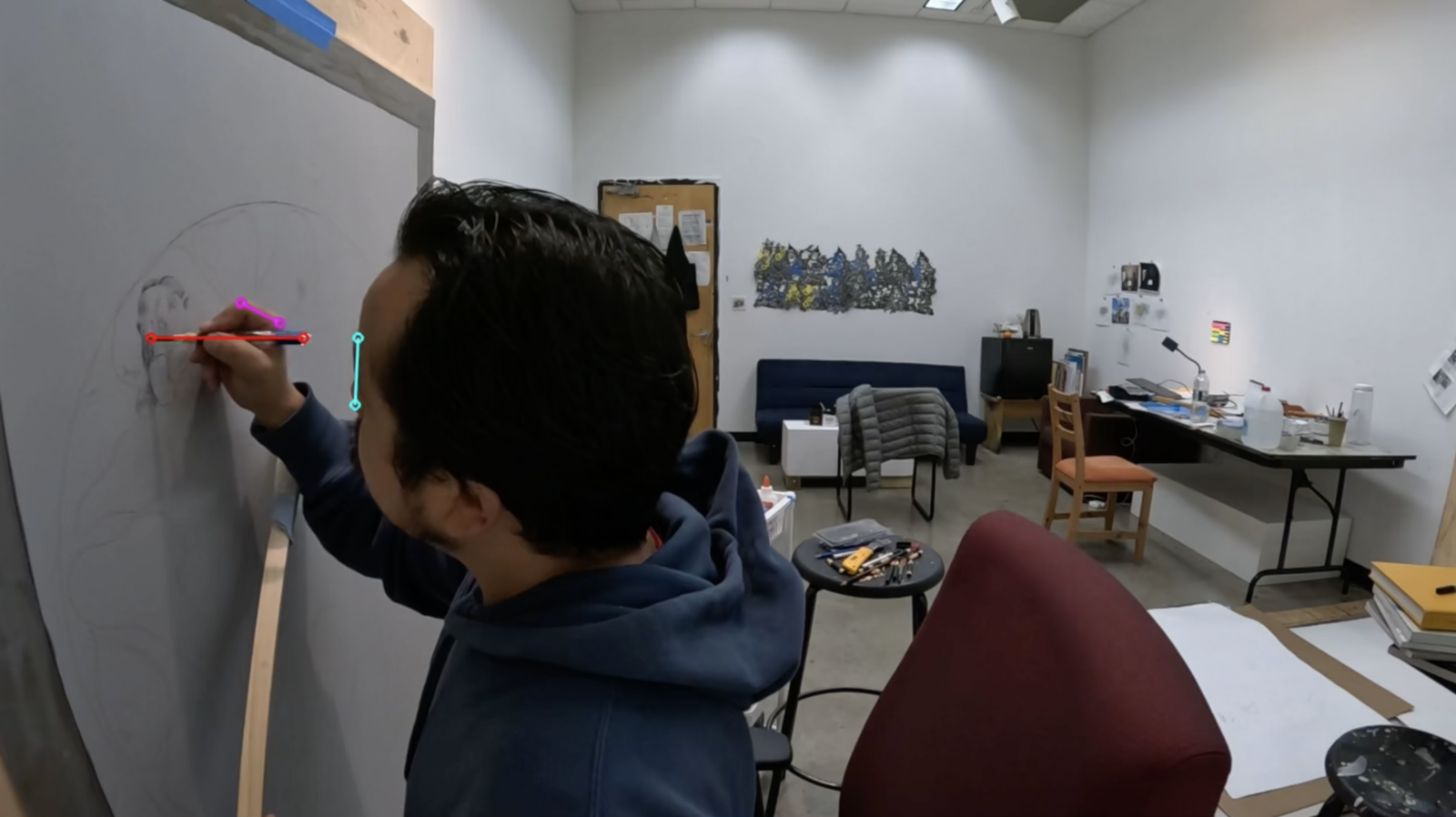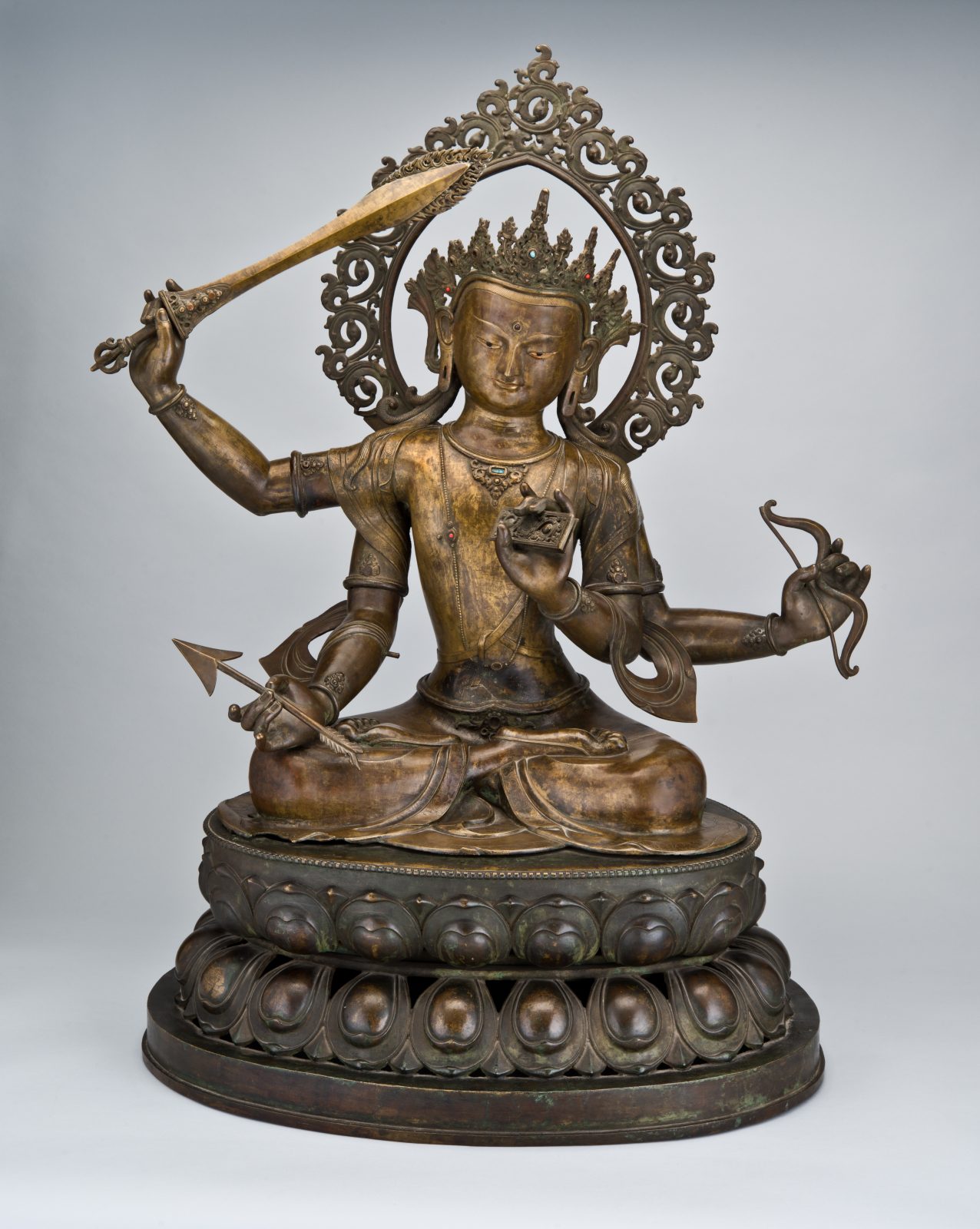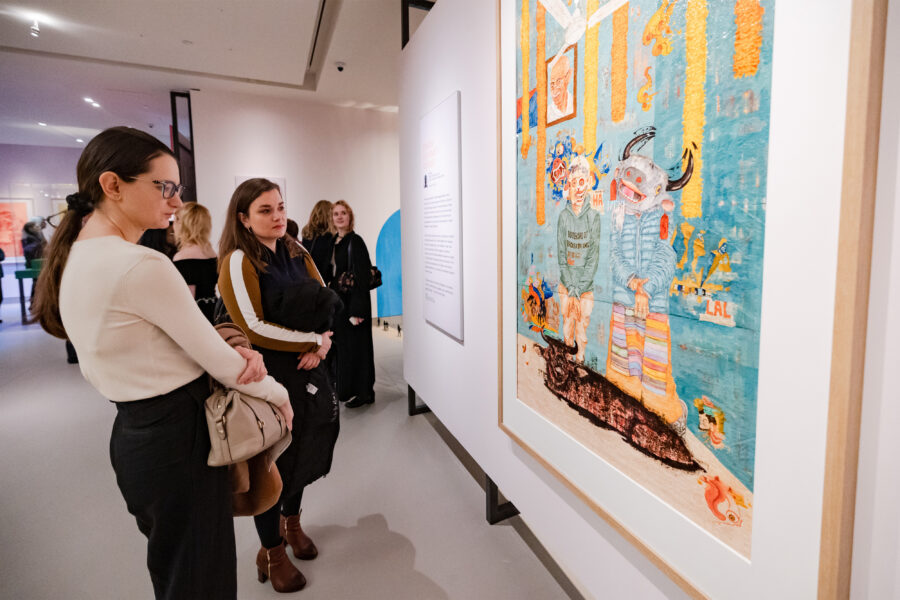b. 1986, Kavrepalanchok, Nepal; lives in Highland Park, NJ; works in Kathmandu, Nepal

Photo courtesy of the artist

Photo courtesy of the artist
Kabi Raj Lama works at the intersection of neuroscience and art. Descended from a line of Buddhist monks in the indigenous Tamang community in Nepal, he grounds his work in the ideals of his community. His personal experiences and interests overlap with notions of impermanence and science.
Kabi Raj Lama graduated from Kathmandu University in 2009, and in 2011 he went to Japan to study printmaking at Meisei University. He is currently based in New York, and is enrolled in the MFA program at Rutgers University. His works have been exhibited at various international galleries, institutes, and museums, including Machida National Print Museum, Tokyo (2014), Ome City Art Museum, Tokyo (2014), Fukushima Biennale, Japan (2016), National Art Gallery, Sofia, Bulgaria (2018), Lakshima Mittal, South Asia Institute of Harvard University (2018), Tianjin Art Museum, China (2019), Nepal Art Now, Welt Museum, Vienna Austria (2019), The Palace Museum, Beijing (2019), and Today Art Museum Beijing (2019).

Kabi Raj Lama, in collaboration with Dr. Sujaya Neupane; Construction and Destruction; 2023; lithography; courtesy of the artist; Photo by Dave De Armas
Kabi Raj Lama’s work is inspired by the mystical interplay between destruction and construction. The central image of Manjushri depicts the creation of the Kathmandu Valley, which, according to the mythical stories of the Buddhist scripture Swayambhu Purana, was once a lake. Manjushri cuts open a gorge with his sword, thus allowing the lake to drain and a new habitat to emerge.
In its tryptic form, this art symbolizes the concept of disintegration and integration—in the individual by dissolving traumatic memory through the constructive process of artistic expression, and in the society as a necessary means of the civilization-building process. A part of this process is the disintegration of concepts that have oppression embedded within them, such as race, caste, merit, and knowledge, among others. An inevitable part of the process is integration, where reconceptualization happens through creativity and learning in action.

Kabi Raj Lama, in collaboration with Dr. Sujaya Neupane; Construction and Destruction; 2023; video; courtesy of the artist
This object from the Rubin Museum’s collection is presented in the Reimagine exhibition in dialogue with Construction and Destruction, inviting new ways of encountering traditional Himalayan art.

Manjushri; Tibet; 19th century; Metal alloy; Rubin Museum of Himalayan Art, Gift of Shelley and Donald Rubin; C2013.9a-c

Wrightwood 659
Chicago, IL

Rubin Museum
150 W. 17th St., NYC

Get the latest news and stories from the Rubin, plus occasional information on how to support our work.